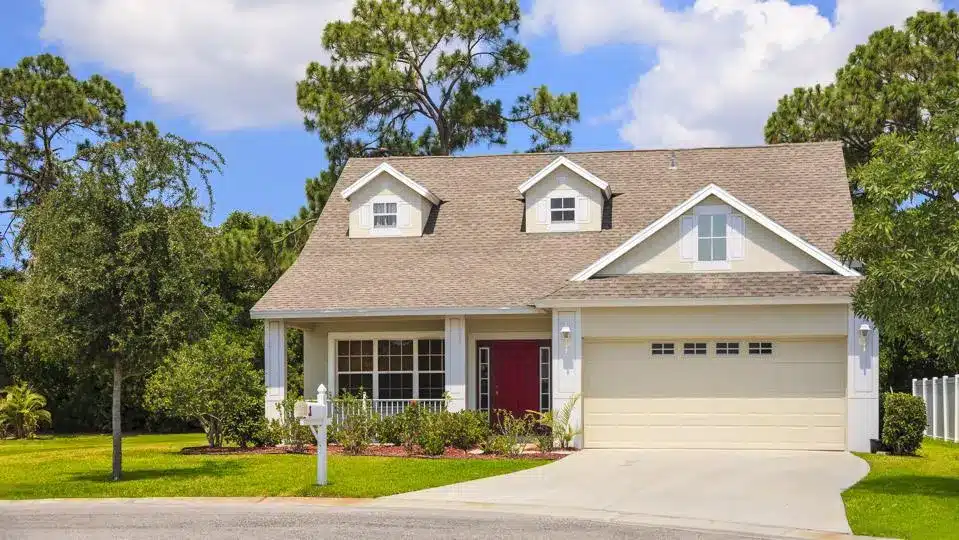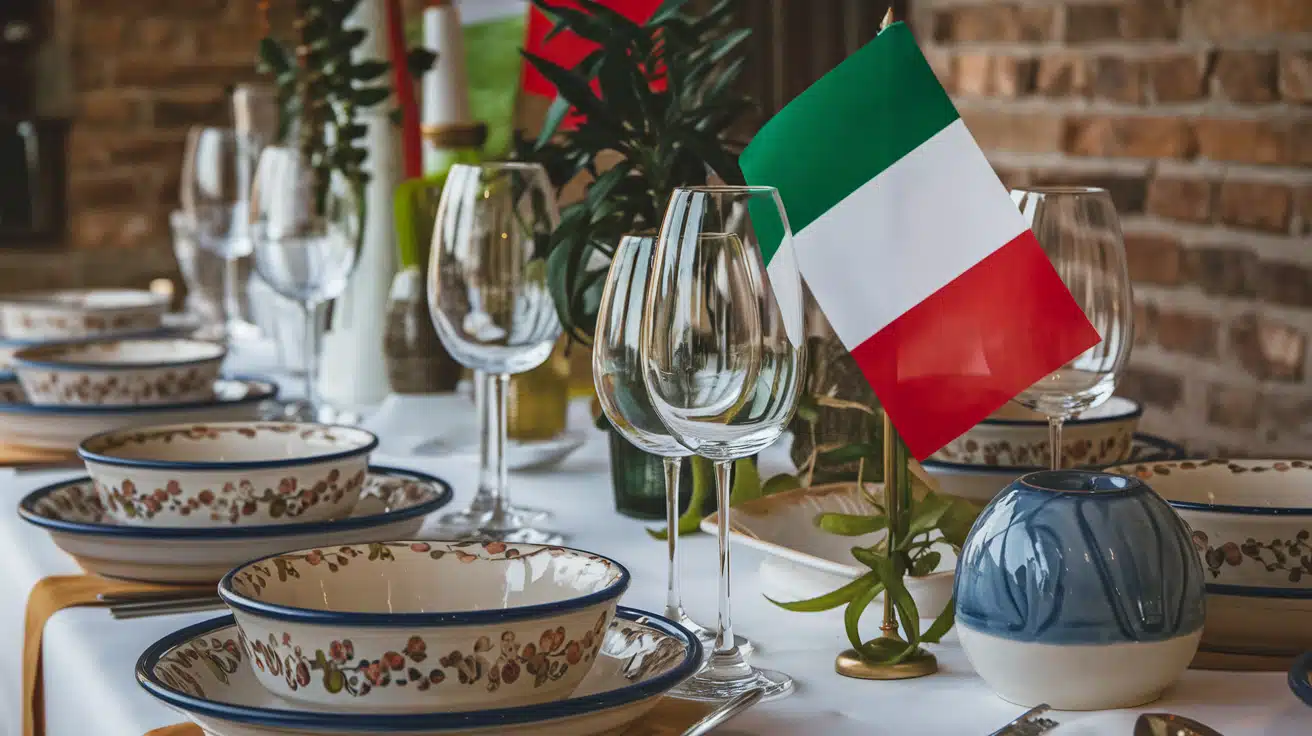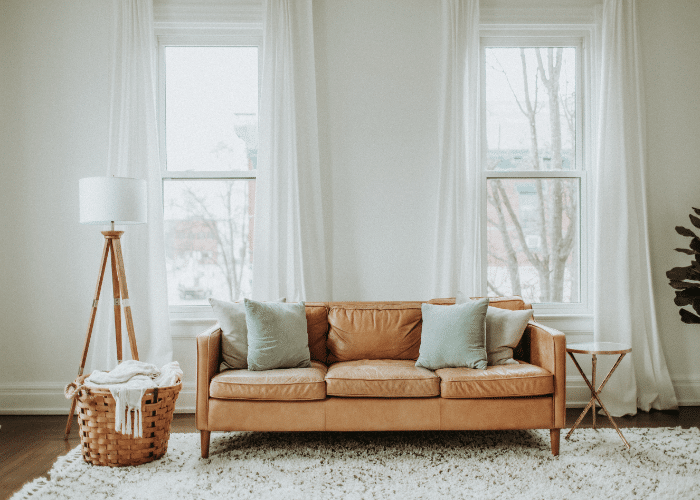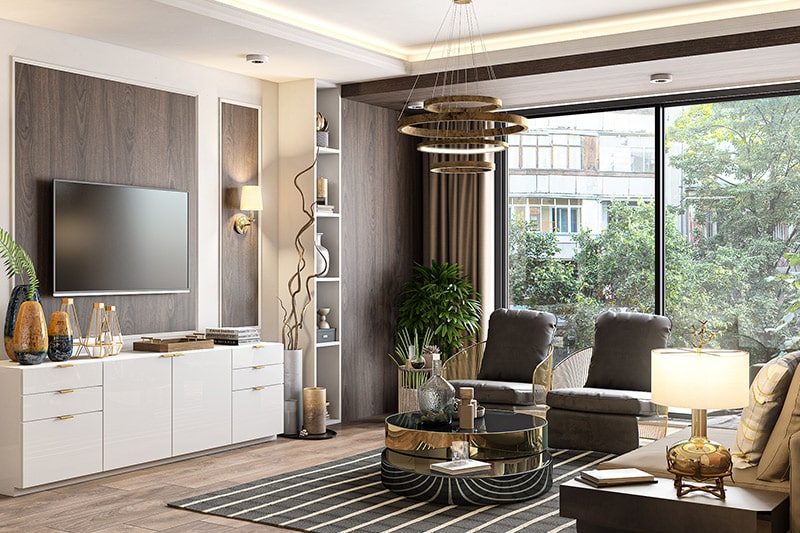The Variety of Home Styles: Finding the Perfect Fit for Your Lifestyle
Choosing a home is more than just a financial decision; it’s about selecting a space that complements your lifestyle, meets your needs, and feels right.
From the sprawling yards of single-family homes to the convenient amenities of urban apartments, different home styles cater to diverse preferences and life stages.
Here’s an expanded look at the main types of homes available, including the increasingly popular condos and apartments, and what makes each style unique and appealing.
1. Single-Family Homes
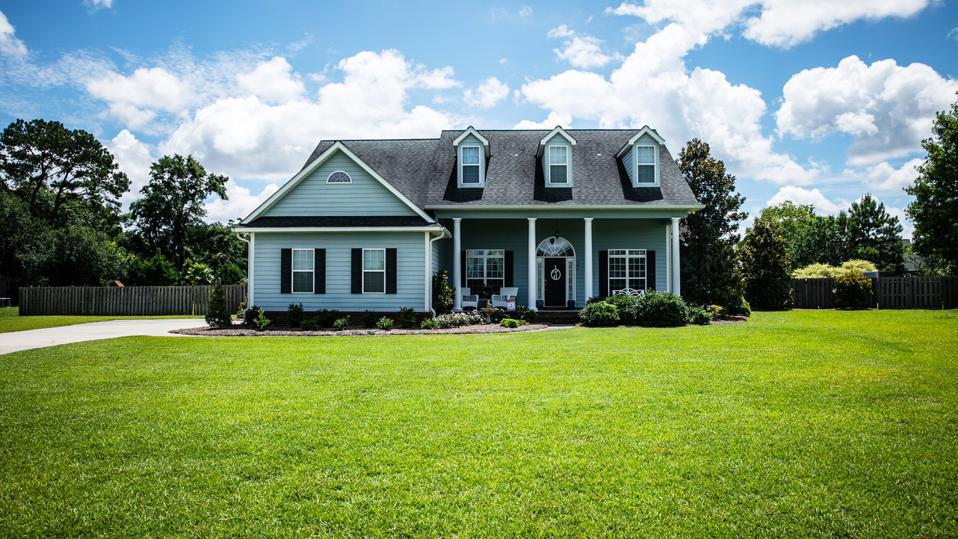 Single-family homes are standalone structures designed to house one family. They often feature a yard, driveway, and ample space, making them ideal for families looking for privacy and room to grow.
Single-family homes are standalone structures designed to house one family. They often feature a yard, driveway, and ample space, making them ideal for families looking for privacy and room to grow.
Expanded Benefits:
- Space and Privacy: These homes typically offer more living and yard space, which is excellent for entertaining, gardening, or giving pets a place to roam.
- Freedom to Customize: Owners have the liberty to make significant changes like additions, landscaping, and major renovations to suit their tastes and needs.
- Community Feel: Many single-family homes are part of neighborhoods with their own community associations, events, and often, shared amenities like parks and community pools.
2. Townhouses
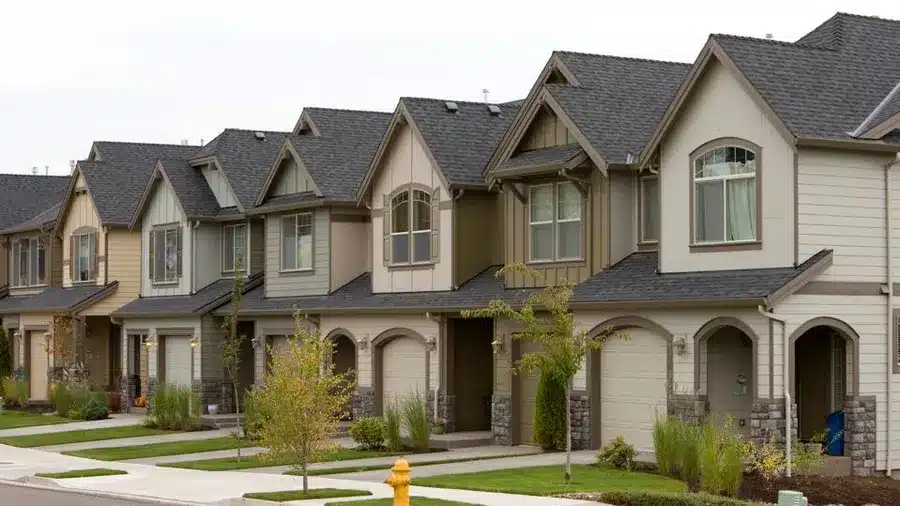 Townhouses are multi-floor homes sharing one or two walls with adjacent properties but have their own entrances. They are a popular choice in suburban and urban areas, offering a balance between condominiums and single-family homes.
Townhouses are multi-floor homes sharing one or two walls with adjacent properties but have their own entrances. They are a popular choice in suburban and urban areas, offering a balance between condominiums and single-family homes.
Expanded Benefits:
- Less Maintenance: Owners typically have less outdoor space to manage than in a single-family home, but more than in a condo, balancing convenience with personal space.
- Cost Efficiency: Townhouses can be more affordable than single-family homes in the same area because they utilize land more efficiently.
- Community Amenities: Many townhouse developments come with shared amenities that could include gyms, pools, and clubhouse facilities, enhancing the living experience.
3. Condominiums
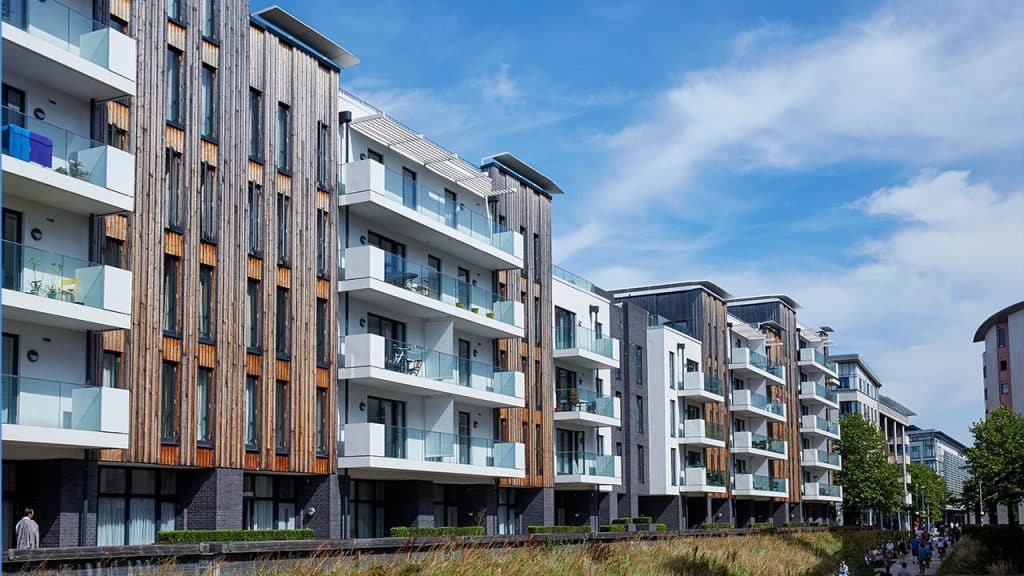
Unlike apartments, condominiums are units within larger residential buildings where each unit is individually owned. Condos are particularly popular in densely populated urban settings where space is at a premium.
Expanded Benefits:
- Urban Living: Condos are typically located in central areas, providing easy access to urban amenities such as shopping, dining, and entertainment.
- Reduced Responsibility: The condo association usually handles all exterior maintenance and repairs, making it an ideal choice for those who prefer not to deal with these chores.
- Built-in Community: Living in a condo building often comes with a strong sense of community and security, with shared spaces and social events that encourage interactions among residents.
4. Apartments
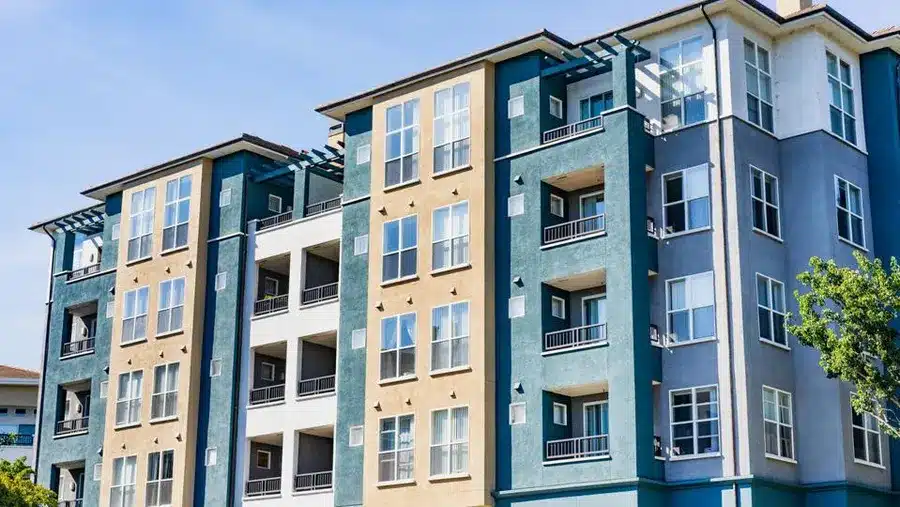 Apartments are rental units within a building or complex, managed by a property owner or a management company. They offer flexible living arrangements without the commitment of ownership.
Apartments are rental units within a building or complex, managed by a property owner or a management company. They offer flexible living arrangements without the commitment of ownership.
Expanded Benefits:
- Flexibility: Renting an apartment allows for moving easily without the hassle of selling a home—perfect for those who anticipate life changes or job relocations.
- Amenities and Convenience: Modern apartment complexes often include amenities such as fitness centers, pools, and even concierge services, all covered by the rent.
- No Large Financial Outlay: Renting eliminates the need for a down payment, property taxes, and homeowner’s insurance, which can be advantageous for those building savings or with uncertain long-term plans.
5. Modular and Prefabricated Homes
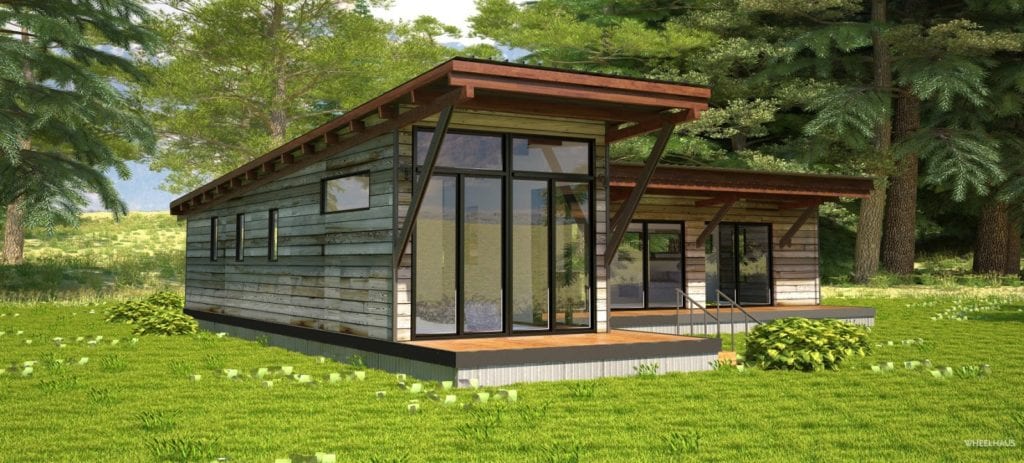 Modular and prefabricated homes are built off-site in a controlled factory setting and then assembled on the property. They represent a modern, efficient approach to home building.
Modular and prefabricated homes are built off-site in a controlled factory setting and then assembled on the property. They represent a modern, efficient approach to home building.
Expanded Benefits:
- Innovative Design and Customization: These homes can be designed to meet specific tastes and needs, often incorporating modern aesthetics and the latest in home technology.
- Environmental Impact: The controlled construction environment reduces waste and improves efficiency, making these homes more sustainable than traditional builds.
- Speed of Assembly: Since parts of the home are pre-built, construction on-site is much faster, reducing labor costs and allowing homeowners to move in sooner.
Conclusion
The choice of a home should align with your personal and financial circumstances, reflecting your lifestyle, priorities, and future plans.
Whether it’s the independence offered by a single-family home, the convenient and low-maintenance lifestyle of a condo, the transitional ease of an apartment, or the modern efficiency of a modular home, there’s a housing style to suit every preference and phase of life.

